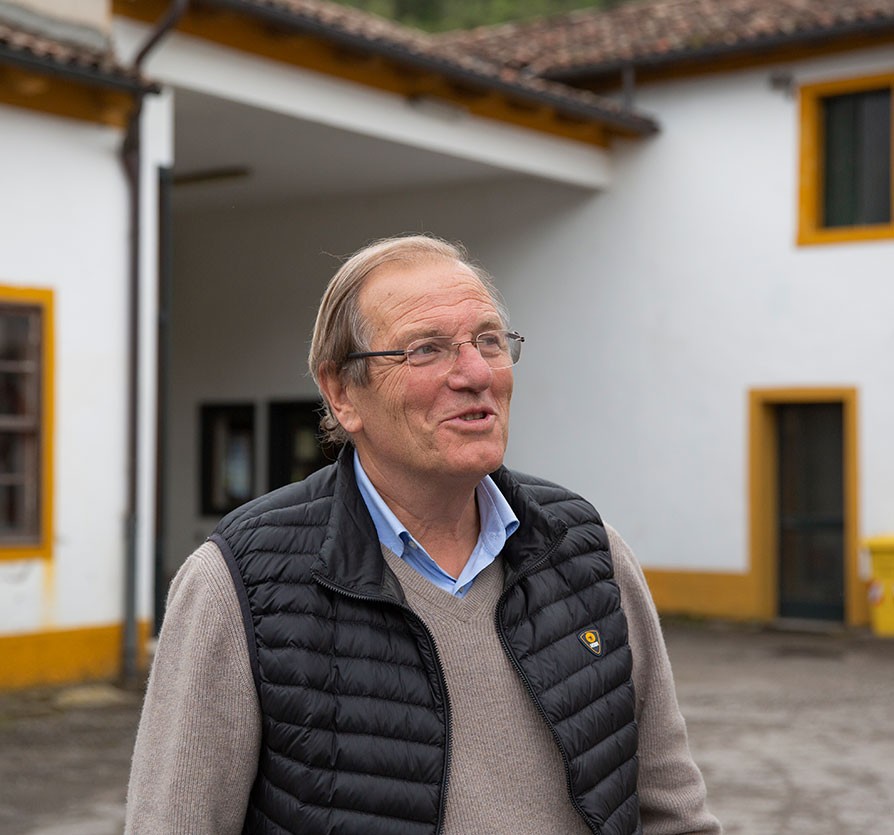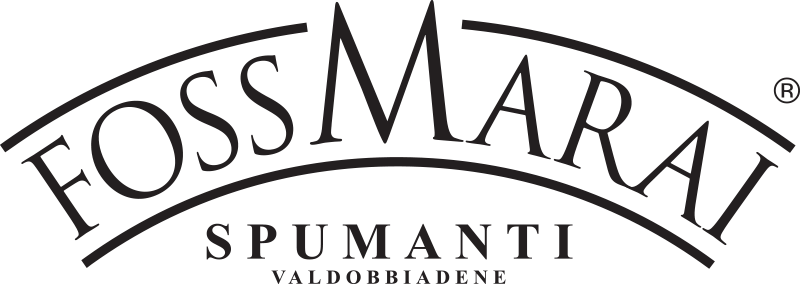Wine and territory: let's make a toast with Andrea Paoletti
Wool is strongly influenced by climatic factors

Andrea Paoletti's face is lit up by a beautiful, cheerful smile, despite the fact that the sun shines rather rarely here. "Wool is strongly influenced by climatic factors. It's no coincidence, in fact, that Follina is the most rainy in the province of Treviso: it lies in a hollow between the mountains and the plains, where clouds stop and let off steam. That's why, since the fifteenth century, people have preferred sheep farming to agriculture that is extremely difficult in these marshlands".
Since medieval times, therefore, there has been a tradition of wool production in this area that is still going strong today, and is very much represented by the Lanificio Paoletti wool factory, under the management of Andrea and his sons Paolo and Marco.
Discover the company: www.lanificiopaoletti.it
 Ten generations of Lanificio Paoletti and two hundred years of history. How can one withstand the passing of time?
Ten generations of Lanificio Paoletti and two hundred years of history. How can one withstand the passing of time?
The passion is handed down naturally, with some more passionate than others. I have three children: Chiara, who has moved to London, Paolo, who has worked with Vivienne Westwood for six years, and Marco, who also spent some time in England and then joined the International Staff of Renzo Rosso. For the boys, however, the ties were too strong and they decided to return. It can't be taken for granted: I have four siblings but now I am the only one who has absorbed all the stories told by the old people, by my father's friends and my grandfather. They told me all about the wooden crates used for shipments. Today, these crates would be more valuable than the contents themselves.
Development, innovation, and cutting-edge technology: to what extent are they enhanced by the devotion to this region?
Enormously. This region is a real hub for this type of work. There is a sense of belonging, a real added value. The town was totally linked to wool production. In dialect, for example, they said "daghe acqua" for switch on the light. That's because to provide energy to a wool factory, it's essential for rivers to have plenty of running water. Today, technology focuses on the finishing processes, but the spinning phase has remained the same. The machines might be quicker but not necessarily better. A really fine cashmere is made on a small machine.
The work carried out by a wool factory is fascinating but presents lots of difficult aspects.
We have had to overcome several periods of crisis, starting with the shortage of water in the mid nineteenth century, which caused a standstill in production. Then there was World War I, when the factory was invaded by starving Austrians. My grandfather managed to flee to Biella just before they exploded all the bridges. He returned in 1919. Then came World War II: until 1943, the wool factory continued to work at full capacity, in fact it even took on more staff, because people who were here did not go to the front, with the pretext that they had to produce blankets for the army. Today, the new devastating phenomenon is globalization.
How are you reacting to this?
There is only one way: by improving the style and quality of the range as much as possible. Our points of reference today are France and Japan, because they recognize the value of Made in Italy products, but we are really aiming at China, although it's not easy: when Chinese stylists start to understand the value of our wool, it will open a boundless market.
One of your major values is sustainability. How much attention do you pay to this and how do you pursue this aim?
This is an important aspect in our sector. Let's start by eliminating any doubts: natural dyes do not exist. The demands of the market force us, perhaps justifiably, to ensure that our products do not fade in the sunlight and are resistant to the acidity of perspiration. This means that on an industrial scale, we cannot use natural pigments. On our part, we are striving to encourage up-cycling. There are lots of young or small companies that take and re-use our offcuts, which we are pleased to give to them free of charge. In fact, would you like a suggestion?
Please.
Go and see what the young people involved in the Talking Hands project are capable of doing, the permanent laboratory of design and innovation hosted in the former Piave barracks of Treviso. This is a group of refugees and asylum seekers who are being taught a trade; by mixing together our own offcuts and materials from their countries, they great truly impressive garments.
In your research, you often draw inspiration from art, architecture, fashion and product design. What is the driving factor that takes you towards fields that appear to be so distant from manufacturing?
We always strive to be open-minded. For too many years, anything was accepted, it was sufficient to produce the same old loden styles in the three typical shades of green, blue and brown. Today, contamination is all important. Style and art are an objective but also a way of standing out.
As you are a company that is in full evolution. To what next major objective would you dedicate a toast?
We have a large area, a department of the wool factory that we had lost and wanted to repurchase, and we would now like to give this a new value by hosting events there and opening it to the community. That would really deserve a toast.


